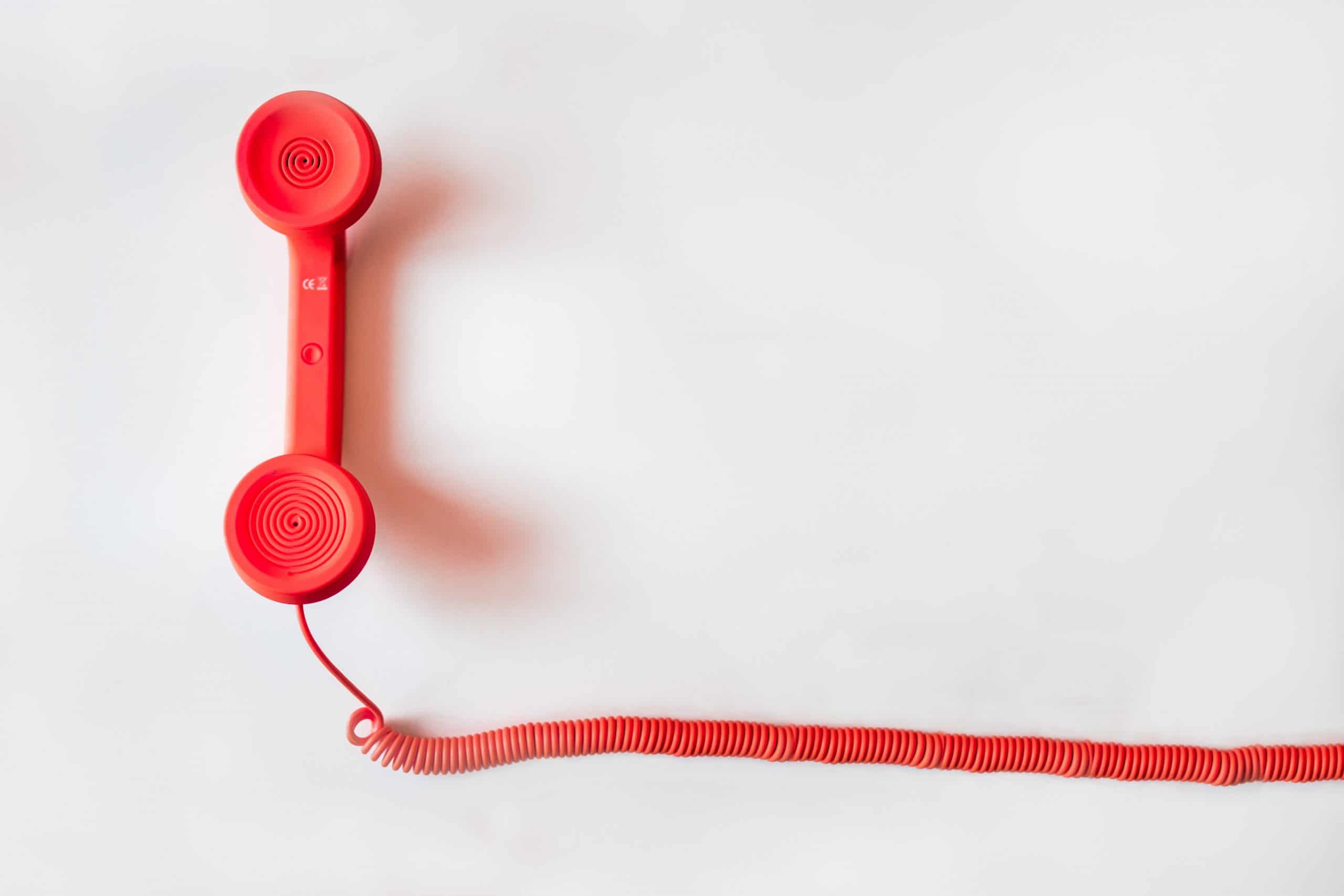
Media relations during lockdown: thoughts and tips
I know we are only in May, but when it comes to reflecting on 2020, I think it is safe to say that it will have been unlike any year that has come before. Most industries have been forced to undergo dramatic changes in recent months, and the PR industry has been no exception
One thing that’s remained constant is the fact that technology stories still need to be written and therefore we are still trying to get our clients and their brands in front of the right journalists, but with the right and balanced message. Here are my observations on how the PR industry has changed and the challenges this has presented from a day-to-day media relations perspective
I just called to say…
One of the most fundamental elements of PR (at least from a UK perspective) is the art of phone pitching. Under normal circumstances (see any time before mid-February), we would tell clients that we still find picking up the phone the most effective way of securing top tier coverage. Ignoring an email is easy, but if you receive a call directly, and get hooked by a compelling story from an actual human voice, there is more chance you’d be interested in writing it.
I’d still argue this is the best way of securing a story, but in a COVID-19 world, speaking to journalists is easier said than done. The majority of journalists either share their office desk phone numbers or do not have one at all. Those who have made their mobile phone numbers publicly available are few and far between. To compound the issue, very few journalists seem to have their office phones rerouted to their mobiles.
This means that unless you have a good relationship with a journalist, and therefore have their mobile number already, making contact can be difficult. If and when you do manage to speak to a journalist, it is vital that your phone pitch is succinct and interesting. If you can’t get them excited about the story in the first ten seconds, it probably isn’t going to happen. When phone pitching is not an option, the eager PR has to use other tools.
You’ve got email
Due to the phone-related issues discussed above, bulletproof email pitches are now more important than ever before.
In some corners of the media, email pitches have been considered the norm for some time. When contacting US media, it is not unknown to come across a journalist who is outraged that you have had the gall to phone them. For that reason, many US PR agencies almost exclusively conduct media relations via email. In recent years, that trend has crossed the Atlantic with more and more journalists in the UK only wanting to be contacted via email. Some don’t even want this.
The perfect email pitch is too lengthy a topic to discuss here, although I’d say overall, less is more. Have an attention-grabbing subject line: even better if this taps into a national conversation, as it’ll stand more chance of being opened and read. The other thing to state is that bespoke email pitches stand more chance of being successful: “I’ve seen that you have been covering XX and therefore I thought XX would be of interest because XX.” This type of comment should be used upfront in an email so as to try and secure the journalist’s interest as quickly as possible.
I’ve conducted a straw poll amongst some of my Babel colleagues and of all the top tier media opportunities secured in the last two months, around 90%have been secured as a result of some form of email pitch. This shows why you need to fine tune this method.
The power of the Tweet
The modern journalist tends to be very active on Twitter and in these times when most people are working remotely, social media can often be the channel which is best for reaching people.
It is possible to send some journalists direct messages on Twitter (this is great if you do not have a mobile number for them), whereas some will tweet using the #JournoRequest hashtag if they have a request for PRs. I would recommend that all PR’s keep an eye on this hashtag – the best way to do this is by using the Tweetdeck platform to create a feed of all the #JournoRequests sent by the media.
From a PR’s perspective, the best way to think of social media (and specifically Twitter) is it being another string to your media relations bow. If possible I would still much prefer to speak to a journalist on the phone, but the way things are moving , pitching over social media will soon become the most common method of securing opportunities in the coming years.
The art of the educated mail merge
In PR, mail merging is often seen as a dirty term. It is a practice all agencies use, but they key is balancing it with tailored outreach and only using it when it’s really needed. Tailored outreach will always be important and the ancient art of going for drinks with journalists is as old as the profession itself. However, to get strong national results in the current circumstances, a well-timed and executed mail merge can be what gets the results.
When we draft a reactionary comment on behalf of our clients which is then distributed to the press, it is referred to as an issues jump or news jack. In these times, when it is difficult to reach the media on the phone, mail merges are equally important for getting press releases in front of the right targets, in a timely manner, when a direct conversation is not possible.
In the current situation there are a few notable reasons why a mail merge can be particularly effective. First, journalists’ beats have become a lot more fluid. Like many industries, the media sector has seen a lot of staff furloughed. On a practical level, this means journalists are often covering a beat they are not used to. This means that press lists need to be longer and cover more desks than usual to ensure the message reaches the best journalist.
Second, COVID-19 will continue to be the media’s number one story for some time yet, leaking into almost every article we are reading at the moment. At its core it is a health story, however journalists of all specialities are covering it. In the last few weeks, I have set up an interview for one of our clients with a journalist who specialises in gender politics, to discuss a story which crossed the boundary between technology, ecommerce and COVID-19. If we hadn’t widened the pool of journalists that we contacted (beyond that client’s usual target list), it is unlikely that we’d have identified said journalist as an obvious fit for the story. Through building smart and expansive press lists, and executing a well-timed mail merge, you can still secure some great coverage.
I foresee there being a shift in the way media relations are conducted by PR agencies as I imagine in the long run, less and less people will be based in offices, on both the PR and media side. However, journalists will continue to need stories and PRs will continue to need to get their clients in said stories but the methods of communication might change.
To read more about the communications implications of Coronavirus, you can read our Managing Director’s blog on the topic here and you can also take a look at Matt Silver’s blog around the PR tool stack which includes a lot of great programs which can ease the process of WFH.
To find out more about Babel’s media relations expertise please get in touch here.





